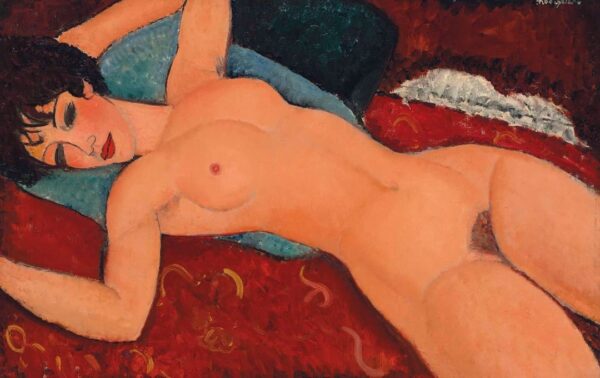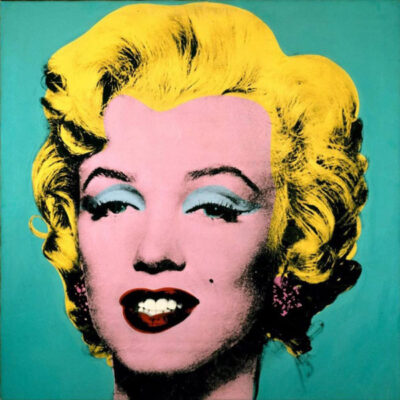The art world is a unique intersection of creativity, culture, and commerce, where the value of an object is often as subjective as it is significant. This sector thrives on relationships and trust, making it vulnerable to ethical challenges. One of the most pressing issues faced by art advisors and consultants is the unethical practice where their hard work is bypassed by buyers, typically gallerists, who circumvent them after extensive due diligence and negotiation efforts. This blog aims to shed light on this issue, explore its implications, and offer strategies to prevent such unethical practices.
The Role of Art Advisors and Consultants
Art advisors and consultants are indispensable to the art market. They bridge the gap between art collectors and sellers, offering critical expertise that ensures informed purchasing decisions. Their roles encompass:
– Sourcing Artwork: Identifying and acquiring pieces that meet the client’s specific needs and preferences.
– Due Diligence: Verifying the provenance, authenticity, and legal status of artworks, often involving extensive research and networking.
– Valuation and Appraisal: Assessing the market value of artworks based on various factors, including artist reputation, historical significance, and market trends.
– Negotiation: Facilitating negotiations between buyers and sellers to reach mutually agreeable terms.
– Market Insight: Providing clients with insights into market trends, investment potential, and emerging artists.
Despite their essential role, advisors are often left vulnerable in transactions, especially when buyers choose to circumvent them to avoid paying commissions or fees.
Unethical Practices in the Art World
Several unethical practices can undermine the role of art advisors, including:
– Direct Contact: Buyers, after being introduced to a piece through an advisor, may directly contact the seller to finalize the purchase, excluding the advisor.
– Non-Payment of Fees: Buyers may agree to a fee with the advisor but fail to honor the agreement after the transaction is completed.
– Misrepresentation: Misleading advisors about the buyer’s intentions or financial status to gain access to exclusive artworks.
These practices can have severe consequences, including financial losses for the advisor, damage to their professional reputation, and a general erosion of trust in the art market.
Legal and Ethical Frameworks
While there are legal and ethical frameworks designed to protect the interests of art advisors, they often fall short in practice. Key frameworks include:
– Contracts: Well-drafted contracts that specify the advisor’s role, fees, and protections against circumvention are crucial. These should include:
– Non-Circumvention Clauses: Prohibiting the buyer from contacting the seller directly.
– Confidentiality Clauses: Ensuring that information shared with the buyer is not used to bypass the advisor.
– Fee Agreements: Clearly stating the advisor’s commission or fee structure.
– Intellectual Property Laws: Protecting the proprietary research and materials created by the advisor.
– Ethical Codes: Professional organizations often have codes of ethics that members must adhere to, promoting fair dealing and integrity.
Despite these frameworks, enforcement can be challenging, particularly in a market that often relies on personal relationships and informal agreements.
Strategies for Protecting Against Dishonest Buyers
To protect against dishonest buyers, advisors can implement several strategies:
– Thorough Vetting: Conducting comprehensive due diligence on potential buyers to assess their credibility and past behavior.
– Robust Contracts: Using detailed contracts with clear terms and protections, including non-circumvention and confidentiality clauses.
– Non-Disclosure Agreements: Ensuring that any sensitive information shared with buyers is protected by legally binding NDAs.
– Documentation: Keeping detailed records of all communications, negotiations, and agreements to provide evidence in case of disputes.
– Building Relationships: Developing strong, trust-based relationships with clients and sellers can deter unethical behavior.
– Educating Clients: Informing clients about the value of the advisor’s services and the ethical implications of bypassing them.
Leveraging Technology and Innovation
Technology can play a significant role in protecting advisors and ensuring ethical practices:
– Blockchain: Blockchain technology can provide a transparent, immutable record of an artwork’s provenance and ownership history, enhancing trust and traceability.
– Digital Contracts: Using digital contracts with automated enforcement mechanisms to ensure compliance with terms.
– Online Marketplaces: Participating in vetted online marketplaces that enforce ethical standards and provide dispute resolution mechanisms.
Collaborative Efforts and Industry Initiatives
Collective action within the art community can help address unethical practices:
– Professional Associations: Joining professional associations that promote ethical standards and provide support networks.
– Industry Guidelines: Developing and adhering to industry-wide guidelines for fair dealing and ethical behavior.
– Advocacy: Advocating for stronger legal protections and enforcement mechanisms to safeguard the interests of advisors.
Conclusion
The art world, while rich in culture and creativity, is fraught with ethical challenges that require vigilance and proactive measures. By understanding the risks, leveraging legal and technological tools, and fostering a culture of integrity, art advisors and consultants can protect their interests and contribute to a more ethical and transparent market.
Advisors should take proactive steps, such as thorough vetting, robust contractual agreements, and leveraging technology to safeguard their interests. Additionally, collaborative efforts within the art community can help promote ethical standards and provide support in addressing unethical practices.
In summary, the art world requires a delicate balance of trust, expertise, and vigilance. By staying informed, prepared, and connected, art advisors and consultants can navigate these challenges effectively and continue to thrive in their vital roles.
Drawing for a logo by Josie 14 Years old










































































